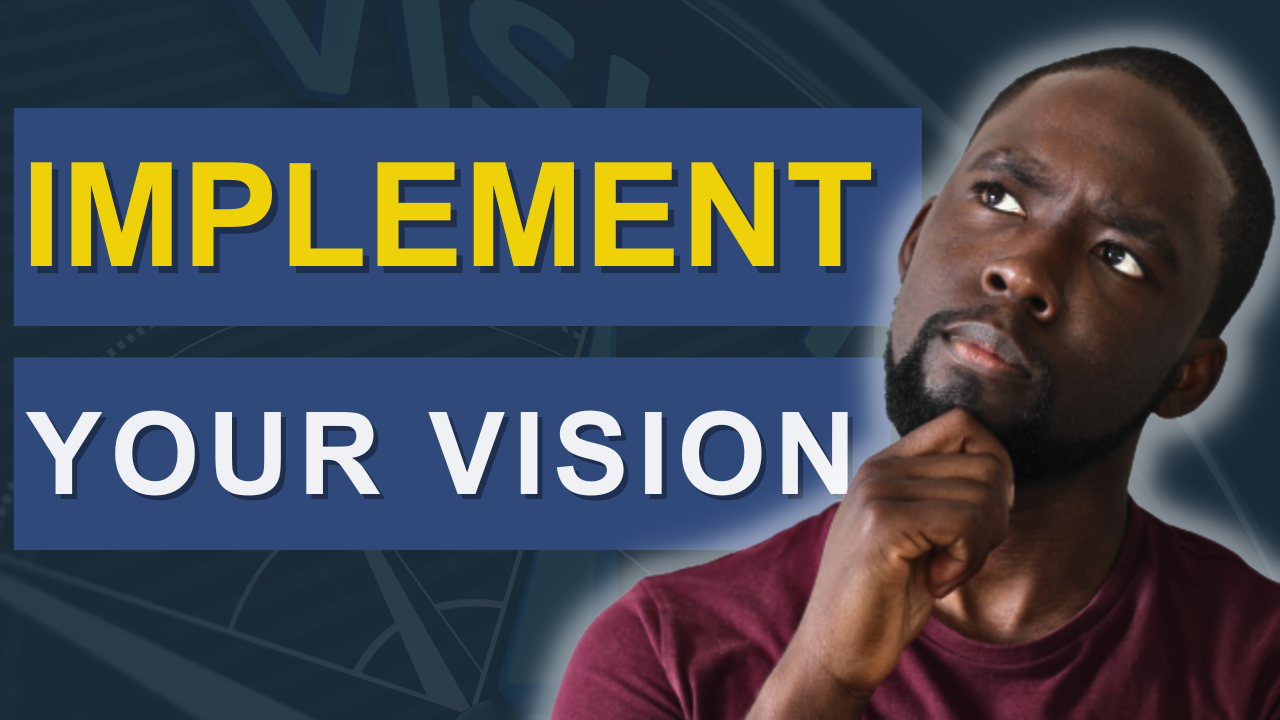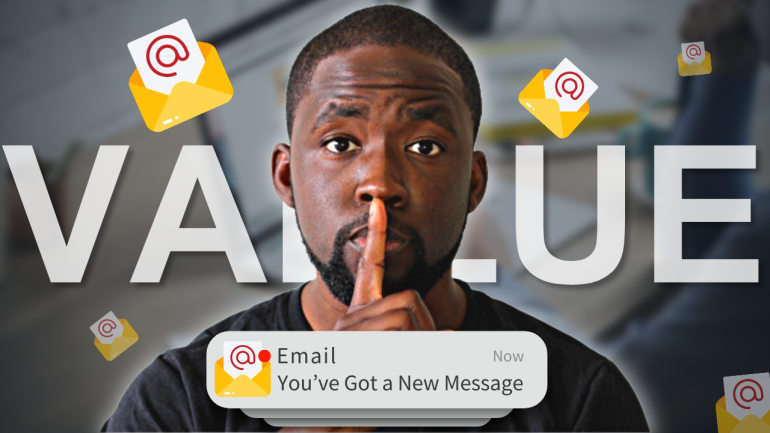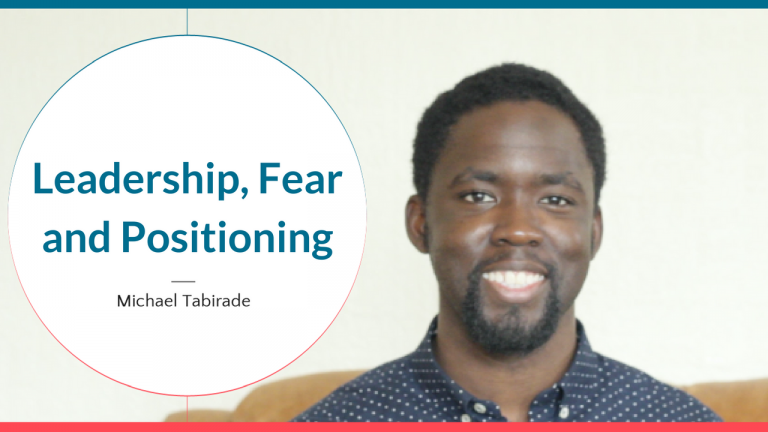How to Turn Your Goals into Reality: The Framework for Implementation
Introduction: Are You Ready to Make It Happen?
Let me ask you a serious question: How good are you at turning your goals into reality?
It’s one thing to have dreams, but it’s another to make them tangible, actionable, and ultimately successful. Over my 400+ hours of coaching, I’ve learned to spot the difference between someone who is ready to become the person they want to be and someone who is still holding back.
Today, I want to share with you the strategies that have helped me, and the individuals I’ve worked with, implement meaningful changes and start achieving real results. This isn’t just about motivation; it’s about structure, clarity, and execution.
Let’s dive in.
Step 1: Laying the Groundwork with the Vision Framework
Every successful journey begins with a strong foundation, and for me, that starts with The Vision Framework. It’s a step-by-step method I created to help individuals align their actions with their goals.
Here’s a breakdown of it:
- V – Values: Start by understanding yourself. What is truly important to you? Your values act as your compass, guiding your decisions and keeping you aligned with your purpose. For example, when I reflect on my values, I ask questions like, “What does good friendship mean to me?” or “What will I never compromise on?” These answers provide clarity.
- I – Imagination: Visualize your desired future. This isn’t just daydreaming; it’s about cultivating a clear picture of what success looks like for you. When I first imagined transitioning to independent consulting, I envisioned the flexibility and impact I wanted to create.
- S – Sorting and Systemizing: Organize your life. This could mean setting up a daily routine, creating a project management system, or simply putting things in order to avoid chaos. For me, tools like Notion, Voice note apps, ChatGPT and Google Calendar are game-changers.
- I – Implementation: Take action consistently, even after the initial excitement wears off. Implementation is the backbone of progress. I’ll share more on this shortly.
- O – Observation: Reflect on your progress. What worked? What didn’t? Adjust your approach accordingly.
- N – Networking: Build relationships that provide leverage. Whether it’s collaborating with a mentor, hiring a virtual assistant, or connecting with like-minded peers, your network can accelerate your growth.
Right at the center of this framework is Implementation, where everything comes together.
Step 2: Allocating Resources and Building Support
Achieving your goals isn’t a solo effort. One of the biggest lessons I’ve learned as a program manager is the importance of resource allocation. Just like in a program brief or project initiation document, you need to define who and what will support your success.
Here’s how I approach it:
- Identify the help you need: For instance, I rely on my virtual assistant to handle administrative tasks. When they’re unavailable, I immediately feel the difference.
- Invest in expertise: Whether it’s a marketing professional, a financial advisor, or a coach, hiring specialists can save you time and help you achieve higher-quality results.
- Consider the cost of inaction: Ask yourself, “What risks am I taking by not seeking support?” For example, without proper guidance, you might waste months trying to figure out something an expert could resolve in days.
Building the right team or support network isn’t wasting time or money, it’s a strategic move to maximize your potential, forcing you recognise what you need to make things actually work.
Step 3: Implementing with Consistency
Implementation is where most people struggle. It’s easy to start strong but harder to sustain momentum. Here’s what has worked for me:
- Start Small: Instead of overwhelming yourself with big leaps, focus on manageable steps. For example, when I wanted to create my Life Navigation System on Notion, I broke it into smaller tasks like drafting templates, testing features, and refining the layout.
- Embed Reminders: Use tools like Google Calendar or set up automation with apps like Make.com to keep yourself on track.
- Adapt to Your Style: Understand when and how you work best. Are you a night owl? Do you thrive in structured environments? You understand this through tests, conversations and keen observation on yourself. ,Personalization is key.
I also use my environment to my advantage. Whether it’s having my wife hold me accountable, listening to music that boosts my focus, or automating mundane tasks, I ensure my surroundings support my goals.
Step 4: Overcoming Challenges and Resistance
Life will always throw obstacles your way, but the key is learning how to navigate them without losing momentum.
Dealing with Resistance to Change:
Resistance is natural, but it’s important to recognize what’s within your control and what isn’t. Psychological tools like the Locus of Control framework can help you identify where to focus your energy, dismissing anything else that you cannot control.
Managing Limited Resources:
Efficiency is crucial, especially when resources are tight. Frameworks like the Eisenhower Matrix help me prioritize tasks based on urgency and importance, ensuring I stay focused on what truly matters.
Building Resilience:
Resilience isn’t just about enduring hardships, it’s about adapting and thriving through them. For example:
- Journaling helps me process emotions and reflect on progress. Reflecting back on my entries gives me ideas on how to tackle things in the future.
- Physical activity, like going to the gym, builds mental and physical strength. Although I’ve slacked from time to time, picking myself back up helps to build that resilience, and tell myself “Yes I can”.
- Staying connected with my “why” keeps me motivated during tough times. My “why” is rooted in my background, and context for life, as well as my desires for the future.
Remember, setbacks are part of the process. They’re not the end; they’re an opportunity to learn and grow.
Step 5: Reviewing and Reflecting for Growth
The final piece of the puzzle is regular review and reflection. I dedicate time each week to assess my progress and make adjustments. This practice keeps me aligned with my goals and ensures continuous improvement.
If you’re looking for a tool to help with this, my Life Navigation System in Notion is a great resource. It’s simple, user-friendly, and designed to help you stay organized while tracking your progress.
Bonus Tip: Cultivate Resilience Through Routine
Here’s the bonus: Success lives in your routine.
Creating a daily routine that supports your goals is one of the most powerful things you can do. It’s not about perfection, it’s about consistency. Usually this routine starts the night before.
Take small, meaningful actions every day, and over time, they’ll compound into significant results. Believe in this concept and see how your life will change for the better.
Conclusion: Turn Your Goals into Reality
To summarize:
- Lay the groundwork with the Vision Framework to align your actions with your goals.
- Allocate resources and build a support network to maximize your potential.
- Focus on consistent implementation, starting small and staying adaptable.
- Overcome challenges by managing resistance, resources, and setbacks effectively.
- Regularly review, reflect, and refine your approach to ensure continuous growth.
Now it’s your turn: What’s one major goal you want to achieve this year? Feel free to email me your response.
If you’re a business leader or professional looking for a career transition, then compete the form below, and we’ll explore how I can help you achieve your goals.
As always, my friends, understand, reach, and expand. Peace.







